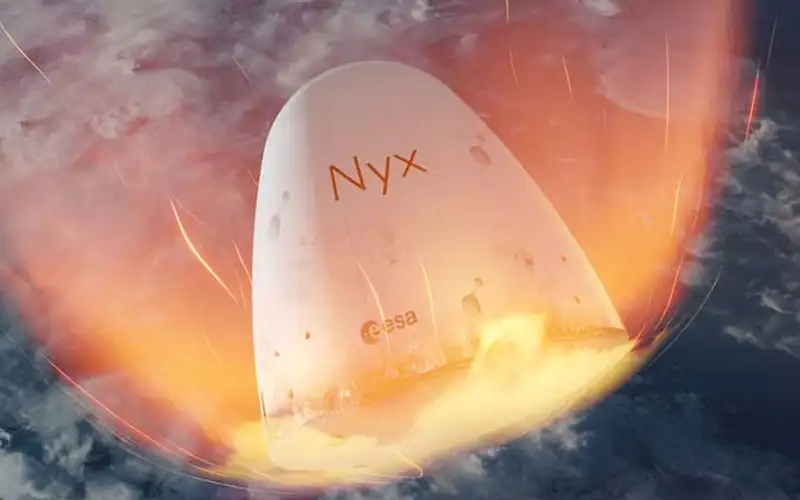
ESA anticipates that Phase 2 of its LEO Cargo Return Service initiative will proceed without geo-return requirements for awardees.
The LEO Cargo Return Service initiative was launched in November 2023 with the aim of supporting the development of a commercial service capable of transporting cargo to and from low Earth orbit. The project’s primary objective at its inception was the successful completion of a demonstration mission to the International Space Station by 2028. In May 2024, ESA awarded a pair of €25 million contracts to The Exploration Company and Thales Alenia Space.
During a press briefing on 23 May, following the Phase 1 awards, ESA Director General Josef Aschbacher explained that the agency would not require participants in the initiative to adhere to its geo-return policy. The policy typically ensures that contracts are distributed among ESA member states in proportion to their financial contributions.
“We contract very differently because we will be the anchor customer,” said Aschbacher. “That means we buy a service. We give industry all the freedom to find the best solution technically, but also the best partners, with whomever they want to work with.”
During a recent hearing on human spaceflight held by the French National Assembly, The Exploration Company CEO Hélène Huby stated that the arrangement gave industry “significant freedom.”
“On our side, we move fast and take risks,” said Huby. “On their side, there’s full transparency; we share all documents and calculations. But they cannot block us unless we fail to meet a fundamental requirement of the service contract. This gives industry significant freedom and removes what’s often called geo-return. In plain terms, we choose our suppliers based purely on quality and cost—not because they’re French, Italian, or German. We choose the best supplier for the job.”
Despite this arrangement being in place for Phase 1 of the initiative, there had been no clear indication of whether it would remain in effect for Phase 2, which is expected to involve significantly larger blocks of funding.
In February 2025, ESA published a Request for Information (RFI) call that aimed to identify additional potential bidders for Phase 2 of the LEO Cargo Return Service initiative beyond those awarded contracts in Phase 1. In the documentation of this request, the agency stated that it does not anticipate placing any geo-return restraints on awardees. It does, however, stipulate that awardees will be required to ensure that the resulting LEO Cargo Return service “remains affordable” for individual participating Member States.
Another aspect where awardees won’t be constrained is in their choice of launch vehicle. According to the RFI, contractors will be “free to choose whichever provider they consider the best fit for their design, operations and business case.” However, the designs are always required to be compatible with Ariane 6 or another European launcher, allowing ESA to require this option when procuring institutional missions, which will include the demonstration mission.
In addition to clarifications of geo-return requirements and launcher procurement stipulations, the RFI includes a notable change to the proposed launch date for the demonstration mission. Initially expected in 2028, the agency now stipulates that it must be completed before the end of 2030.
ESA currently estimates its future demand for cargo transportation to low Earth orbit at between 2.4 and 4.2 tonnes per year, including 750 kg for its own use and additional capacity for barter with NASA in exchange for astronaut flights and utilisation rights. This could rise to 3.5 to 6.5 tonnes annually if Member States approve an expanded barter plan at the Ministerial Council Meeting in November, reflecting previously expressed interest in securing additional flights for European astronauts. ESA anticipates procuring this service from two providers, with demand likely split equally, assuming comparable cost, reliability, and performance. However, the required capacity projections are non-binding and depend on future human spaceflight developments and funding decisions across multiple programme periods.




